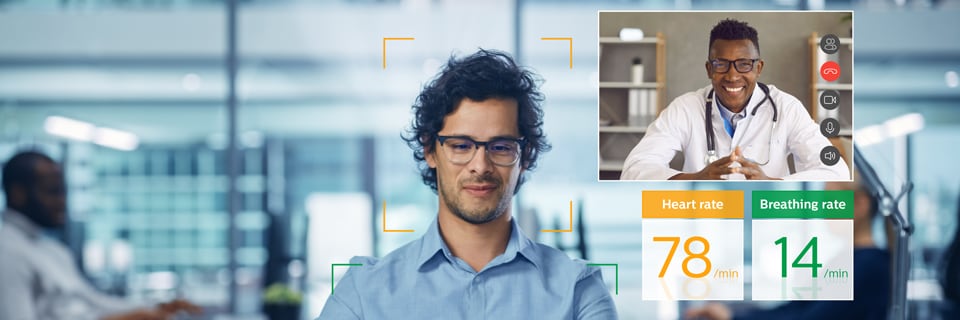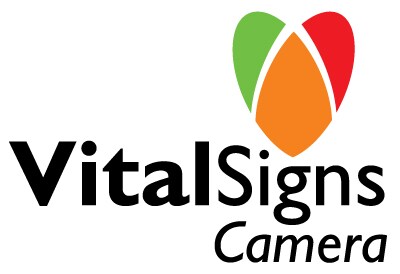
Biosensing (by rPPG)
Accurate contactless pulse and breathing rate measurement

Biosensing (by rPPG)
Accurate contactless pulse and breathing rate measurement
Today’s consumers want more control over all aspects of their lives – their health, their well-being and even their emotional responses. Philips Biosensing (by rPPG) makes that possible in any situation, measuring heart and breathing rate with a Standard / IR Camera, sensing changes in skin color and body movement (chest).
As a world leader in HealthTech, Philips has drawn on its extensive in-house expertise in optics, video, and signal processing to create this unique technology. Through any standard video camera, it simultaneously measures pulse and breathing rate with unrivalled reliability and accuracy – even when the person is moving.
Philips Biosensing (by rPPG) is available for licensing to 3rd party manufacturers, and Philips can offer support to help you bring exciting new applications to market.
Pulse and breathing rate data are vital information whether you are monitoring your health or trying to maximize your workout. They are also key physiological indicators of emotion, and can even be used as biofeedback to aid relaxation and control stress.
How it works
Philips Biosensing (by rPPG) is motion robust. It uses facial tracking to get an accurate reading during motion, for example when the user is moving in front of the camera or the whole environment is moving. This ensures always a pulse and breathing rate can be calculated.
Benefits
Applications
Wellness products
Manufacturers can combine Biosensing (by rPPG)with a camera, in a phone, tablet, toys or any electronic wellness product, and you have an ideal solution for “quantified self” applications.
By providing accurate, unobtrusive pulse and breathing rate measurements anywhere, they enable ‘self-tracking’ of moods, sleep patterns, activity levels and other everyday activities.
In the car
High-end vehicles are starting to feature driver monitoring cameras to improve safety and well-being. Biosensing (by rPPG) lets you take this trend further. Its accurate pulse and breathing rate data can help spot driver drowsiness, stress and attention levels, allowing the car to provide feedback or adjust environmental controls. The contactless technology doesn’t disturb the driver and works reliably irrespective of driver movement or posture – without having to be adjusted for different drivers.

Other potential applications
Key publications
Below you will find an overview of the key publications on our contactless vitals signs monitoring technology. For your convenience we listed the relevant publications for particular use cases and per measurement.
Emergency Department Non-acuity Settings / General Ward Neonatal Intensive Care Unit Sleep Monitoring Contactless SpO2 Perfusion Imaging Fitness
Becoming a Licensee

